Video of the Week:
Controlling Bagworms
Fruit:
Brown Rot of Stone Fruits
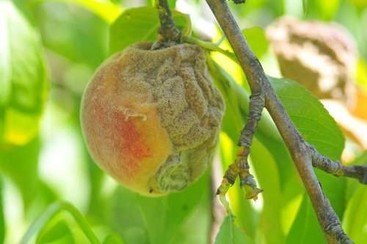
Use Captan or myclobutanil (Immunox) for control. Many fruit tree sprays contain Captan but check the label to be certain. Apply Captan or Immunox every 7 to 14 days. Both products can be applied up to the day of harvest. Note that though Immunox is labeled for fruit but Immunox Plus is not. (Ward Upham)
Flowers:
Sidedressing Annual Flowers
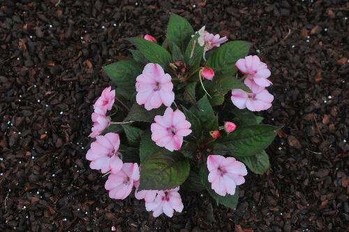
Apply a high nitrogen sidedressing four to six weeks after flowers have been set out. Additional fertilizations every three to four weeks can be helpful during a rainy summer, or if flower beds are irrigated. Common sources of nitrogen-only fertilizers include nitrate of soda, urea, and ammonium sulfate. Blood meal is an organic fertilizer that contains primarily, but not exclusively, nitrogen. Use only one of the listed fertilizers and apply at the rate given below.
Nitrate of soda (16-0-0): Apply 1/3 pound (.75 cup) fertilizer per 100 square feet.
Blood Meal (12-1.5-.6): Apply 7 ounces (7/8 cup) fertilizer per 100 square feet.
Urea (46-0-0): Apply 2 ounces (1/4 cup) fertilizer per 100 square feet.
Ammonium Sulfate (21-0-0): Apply 4 ounces (½ cup) fertilizer per 100 square feet.
If you cannot find the above materials, you can use a lawn fertilizer that is about 30 percent nitrogen (nitrogen is the first number in the set of three) and apply it at the rate of 3 ounces (3/8 cup) per 100 square feet. Do not use a fertilizer that contains a weed killer or weed preventer. (Ward Upham)
Spring-Flowering Bulb Foliage Can Be Removed
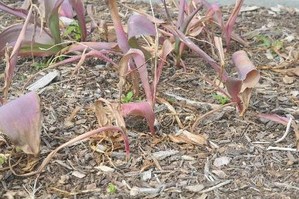
The ripening process should be near completion about now for tulips, daffodils and various other spring- flowering bulbs. Use clippers, scissors or even a mower to remove dead foliage. Also, try to map out where the bulbs are planted as there will be no foliage to make the location next fall when it is time to fertilize. (Ward Upham)
Rose Rosette
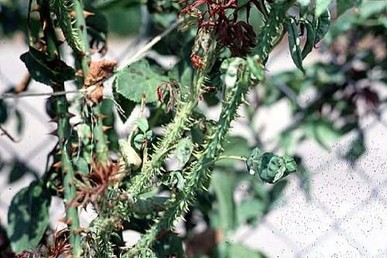
Infection is thought to start with rapid elongation of a new shoot. The rapid shoot growth may continue for several weeks to a length of two to three feet. Following shoot elongation, a witches' broom or clustering of small branches occurs. The stems develop excessive thorniness and produce small, deformed leaves with a reddish-purple pigmentation. Stems and petioles of Rosa multiflora plants may have reddish blotches or streaks.
Rose plants infected with the rose rosette virus die rapidly, usually within one to two years. Rose rosette is caused by a Emaravirus species. Transmission of the disease has been shown experimentally through grafting and is also thought to be spread by mites. Though KnockOut roses are resistant to many diseases, they are susceptible to this one.
There is no effective control measure for infected plants. In garden settings, infected plants should be removed and destroyed, including roots. Any roots that remain after plant removal may produce infected shoots which can harbor the disease. If possible, eliminate all multiflora rose plants from the vicinity as they are extremely susceptible and will act as a carrier. Multiflora rose is the wild rose often seen growing in ditches and pastures.
Since the disease can be transmitted by pruning shears, disinfect the shears when moving from one plant to another by using rubbing alcohol or a disinfectant such as Lysol. (Ward Upham)
Ornamentals:
European Fruit Lecanium Scale: Adding a "Decorative Touch" to Bald Cypress
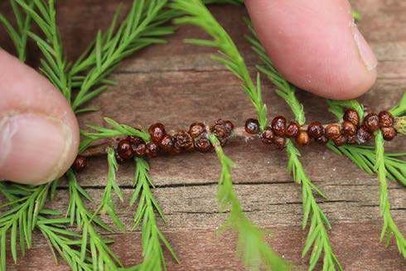
The scales are dark brown, 1/8 to 1/4 inches in diamete. Some scales may have white markings on the body. European fruit lecanium scale overwinters as an immature on twigs and branches with maturing occurring in spring. In May and June, females lay many eggs underneath their bodies. In June eggs hatch into small tan-colored crawlers. The duration of an egg hatch can last several days depending on the temperature. Crawlers migrate to leaf undersides and subsequently feed on plant fluids until late summer. At that point, the crawlers migrate back onto twigs and branches to complete their development the following spring. There is one generation per year in Kansas.
Management of European fruit lecanium scale primarily involves timely applications of insecticides. Applications should be made when crawlers are present because the crawlers are most vulnerable life stage to insecticide sprays. Mature scales possess a shell-like covering that protects them from exposure to insecticides. Repeat applications will be required as the eggs do not all hatch simultaneously but may hatch over a three to four-week period. The most appropriate time to apply insecticides is in late June to early July when the crawlers are feeding on leaves; thus enhancing their exposure to any spray residues. There are a number of insecticides, with contact activity that are effective in suppressing populations of the European fruit lecanium scale. However, many have broad-spectrum activity and will kill many natural enemies including: parasitoids and predators. In fact, most outbreaks of scale insects are caused by the indiscriminate use of pesticides (insecticides and miticides). Therefore, always read the label and exercise caution when applying any pesticide. In the winter, dormant oils can be applied to kill overwintering scales by means of suffocation.
I need to acknowledge Jeff Otto of Wichita, KS for bringing to my attention that European fruit lecanium scale was active. I have also observed infestations in Manhattan, KS. (Raymond Cloyd)
Oak Vein Pocket Gall Info Available
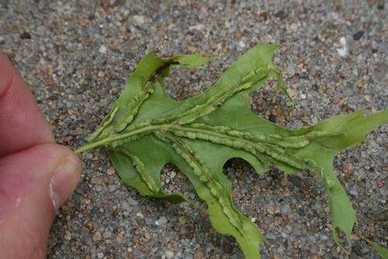
(Ward Upham)
Pests:
Ticks
species has been the American dog tick, Dermacentor variabilis.
The cool, humid weather over the past month has provided great conditions for tick development. These annoying, and potentially dangerous parasites have even been encountered in corn fields, which is unusual as they typically develop in more undisturbed areas of grasses, weeds, and other overgrown vegetation. But, they are very good at finding hosts and getting the blood meal they require for development and reproduction. For more information on ticks in Kansas, please visit: https://www.vet.k-state.edu/vhc/docs/ticks-in-kansas.pdf. (Jeff Whitworth and Holly Schwarting)
Still Early to Treat Bagworms
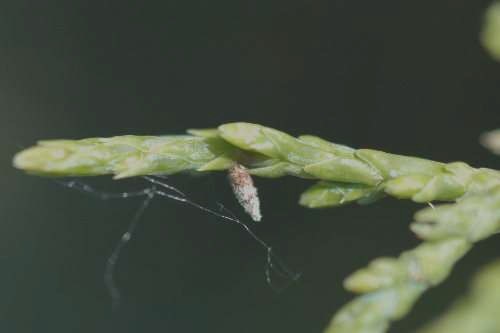
Insecticides commonly used for controlling bagworms include spinosad (Conserve; Fertilome Borer, Bagworm, Leafminer & Tent Caterpillar Spray; Captain Jack’s Dead Bug Brew, Bonide Caterpillar Killer), Bacillus thuringiensis (Dipel, Thuricide), acephate (Acephate, Orthene, Bonide Systemic Insect Control), cyfluthrin (Tempo, Bayer Vegetable & Garden Insect Spray) and permethrin (numerous trade names). Products containing Bacillus thuringiensis (BT) are only effective when used against bagworm larvae while they are still small. Note that spinosad and BT are both organic but spinosad is a more effective product, especially on larger larvae.
Thorough coverage is vital for good control. Most failures are due to the spray not penetrating deep enough in the tree rather than the insecticide not working. (Ward Upham)
Miscellaneous:
After-Effects of Too Much Rain
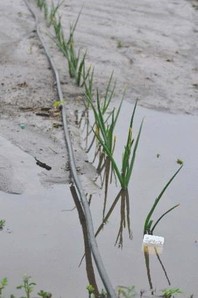
Therefore, as we enter hotter, drier weather, the plants with damaged root systems may be very susceptible to a lack of water. Don’t forget to check your plants for signs of wilting or leaf scorching and water as needed.
If irrigation is called for, water deeply and infrequently. Usually once per week is sufficient depending on the weather. Soil should be moist but not waterlogged. (Ward Upham)
Contributors: Raymond Cloyd, Extension Entomologist; Holly Schwarting, Entomology; Ward Upham, Extension Associate; Jeff Whitworth, Entomology
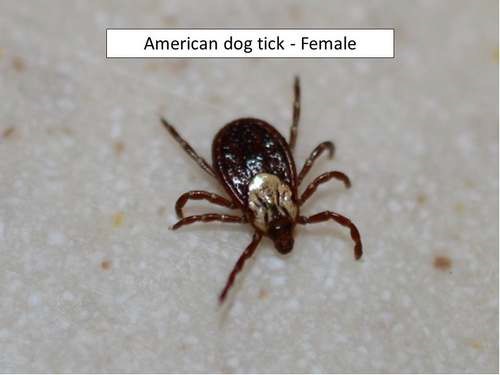
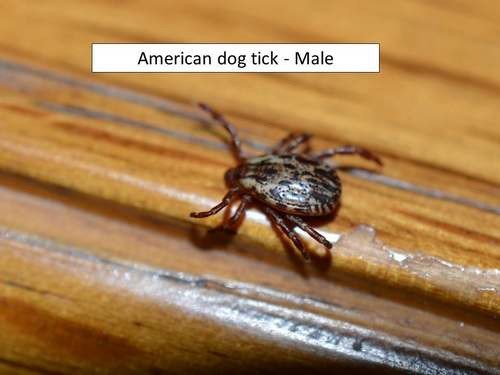
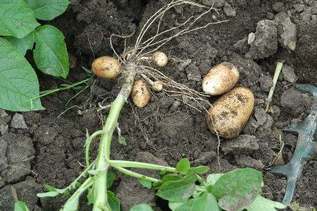
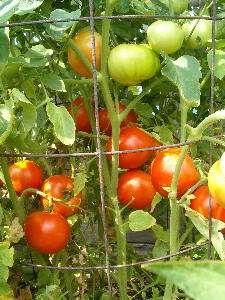
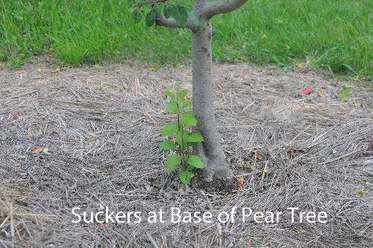
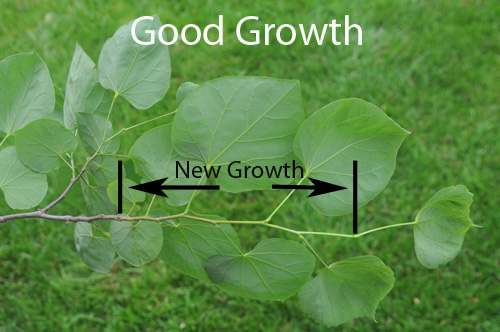
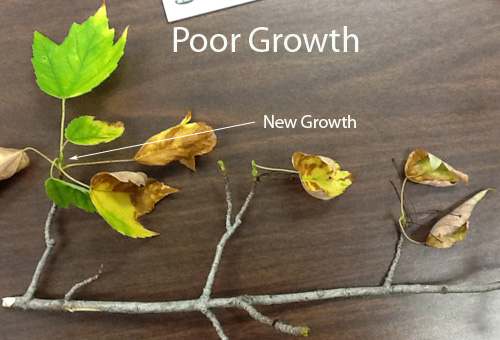
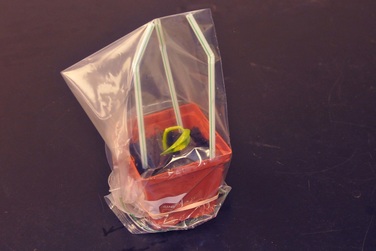
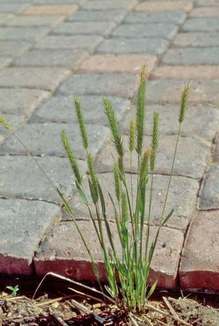
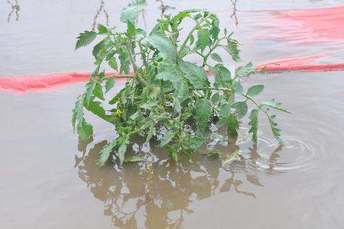
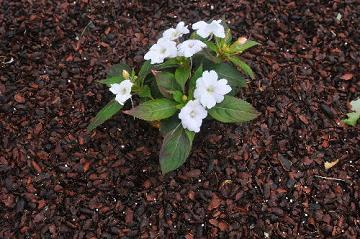
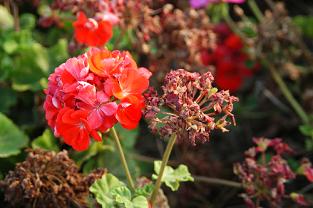

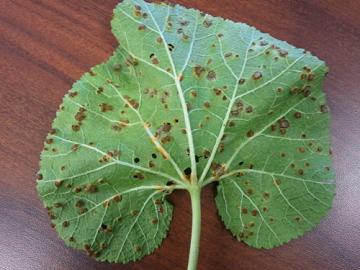
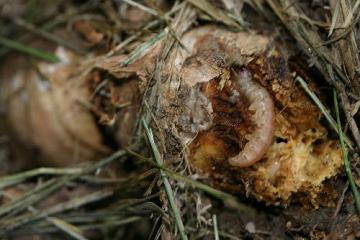
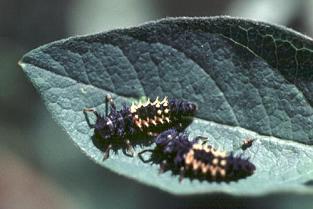
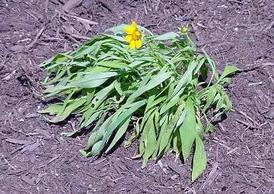
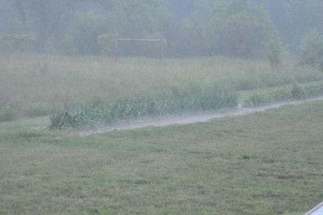
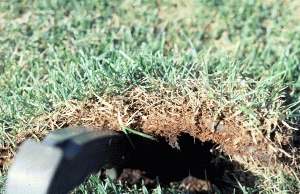
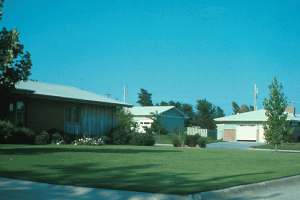
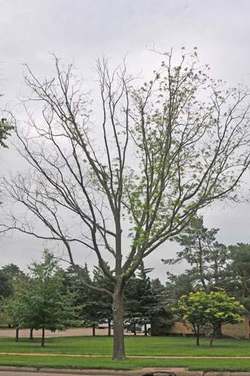
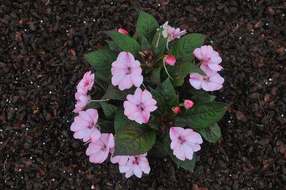
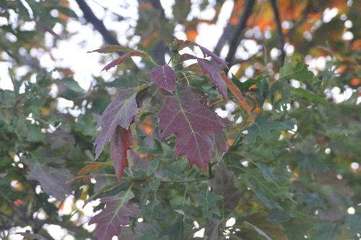
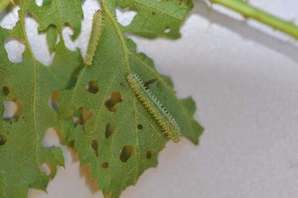
 RSS Feed
RSS Feed
